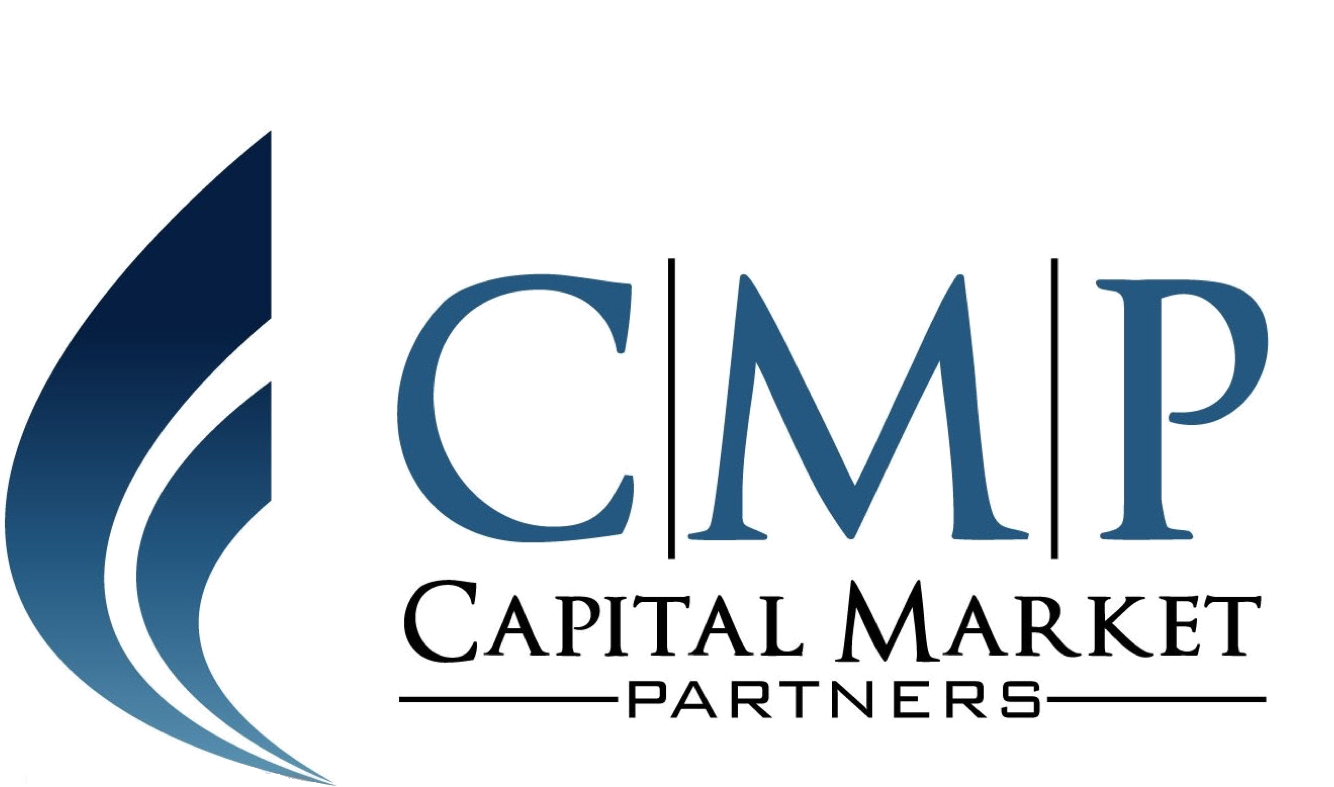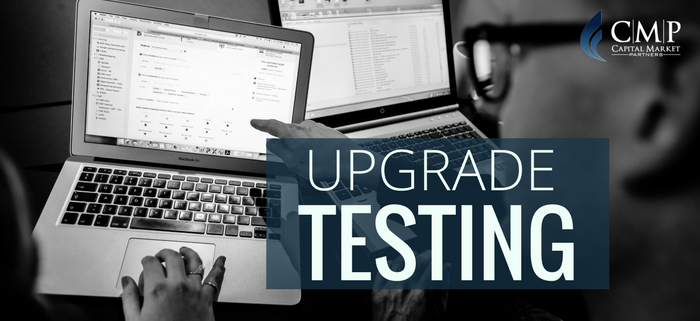Upgrade Testing of Capital Market- and Investment Management Systems
Though there can be many reasons for system upgrades, one thing seems certain, most financial institutions would like to avoid them. In the pursuit of making upgrade testing as pain free as possible, many seem to forget that testing can provide organizational value. Value creation should be the achievement of upgrade testing.
But the question is – Do you have the business understanding and insights into the capital market system to achieve it?
By Thomas Skou, Partner | 6th November 2017
Upgrade Testing in Financial Institutions
In pension funds, banks and other capital market institutions, upgrade testing of capital market platforms is a repeated exercise.
The frequency of testing, primarily depends on the vendor’s on-going release of new versions.
Furthermore, it depends on contractual as well as business conditions.
Often, suppliers contractually require a version close to the most recently released version being used. But new functionalities may also be an argument for upgrading. Conversely, direct cost and operational risk can be an argument for postponing the upgrade.
Whatever the reason and argument for the upgrade is, it is an exercise many financial institutions would like to avoid. Typically, because there is no direct and visible value in the upgrade – other than fulfilment of a contractual supplier obligation.
But for most institutions, it is also a time consuming and resource demanding exercise. And with this comes the expense of the operational risk of production stops, serious errors in data deliveries, and so on.
SEE ALSO: Known failures in buying Capital Markets software packages
Testing the System
Faced with a potential operational risk, organizations can choose to run their testing differently, but often they are faced with two approaches:
- The “as much as possible” test
Some organizations choose to test as large parts of the platform as possible. This method is testing the most common processes of the daily operation, end of month, and end of year.
- The “risky” test
Others intentionally choose a more risk oriented approach. They define the operational risk they are willing to take, and choose to focus the testing on areas that should never fail at all, as well as areas where the impact and likelihood of mistakes are greatest.
Many will probably agree, that the first method of testing ‘as much as possible’ is not the most rational approach. The risk approach on the other hand, is probably the most preferred. Because this approach can highlight the created value in relation to the effort.
But in testing, the value creation is often left behind, as the focus is to perform the exercise just in accordance with contractual conditions. What it takes to create value from the testing is left behind.
SEE ALSO: Do you understand the value of reconciled data?
Business Understanding and Insights into the Platform
From my view, the key requirement is business understanding and insight of the capital market platform concerned.
Business understanding and knowledge of the capital market platform must be present throughout the testing process – from definition of the success criteria, to planning and performance of the test.
Without business understanding and platform insights, the operational risk cannot be concretized, and the exercise of identifying areas that must not fail, or areas where the impact and likelihood of errors are greatest, will not be of sufficient quality.
SEE ALSO: Reviewing the IT landscape
A Method for Adequate Testing
The recipe for ensuring the adequate quality can be a test team as follows:
- Use team members with hands-on experience. They have the overview and insights into the processes and system support. When testing new functionality, use the business analyst, who has been involved in the purchase of the new functionality.
- Use the vendor to clarify your understanding of:
- Where changes have been made?
- If other customers are using the same functionality
- If other customers have completed the upgrade test and what challenges they met
- In case of errors in production, what is the delivery time of a patch, etc.
- To determine the success criteria (operational risk) involve the personnel, who is in charge for production on both the business side and the system side.
- Use project- and test managers who have business and system insight. It is likely to increase both the speed and quality of the test.
- Use internal and external experts for quality assurance of success criteria, planning and execution.
Upgrade tests do not have to be lengthy or even costly. It depends on the barriers that are given to the operational risk. And finally, it depends on the expertise the financial institution is willing to involve in the testing. Method can also be important, but not necessarily crucial.
What creates the value, is business understanding and insight into the capital market system.
 Thomas Skou, Partner
Thomas Skou, Partner
Thomas has worked as a business consultant since 1998. He has an in-depth financial knowledge, an excellent understanding of the investment management business and the internal business processes.
He has thorough working experience within the triangle of finance, IT applications and business understanding.
Thomas has implemented a wide range of projects – all with the aim to support, build or maintain the commercial and/or administrative infrastructure.
Learn more about Thomas and our other CMP consultants here.



